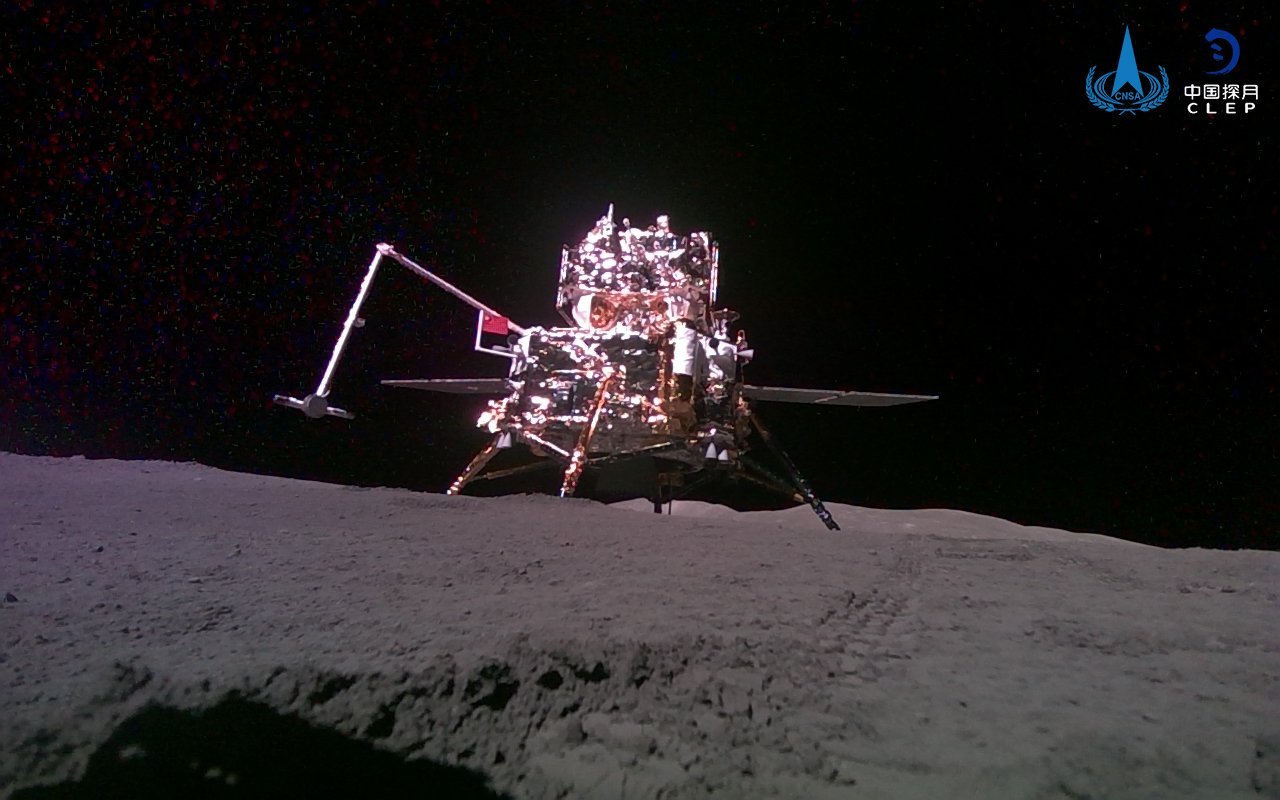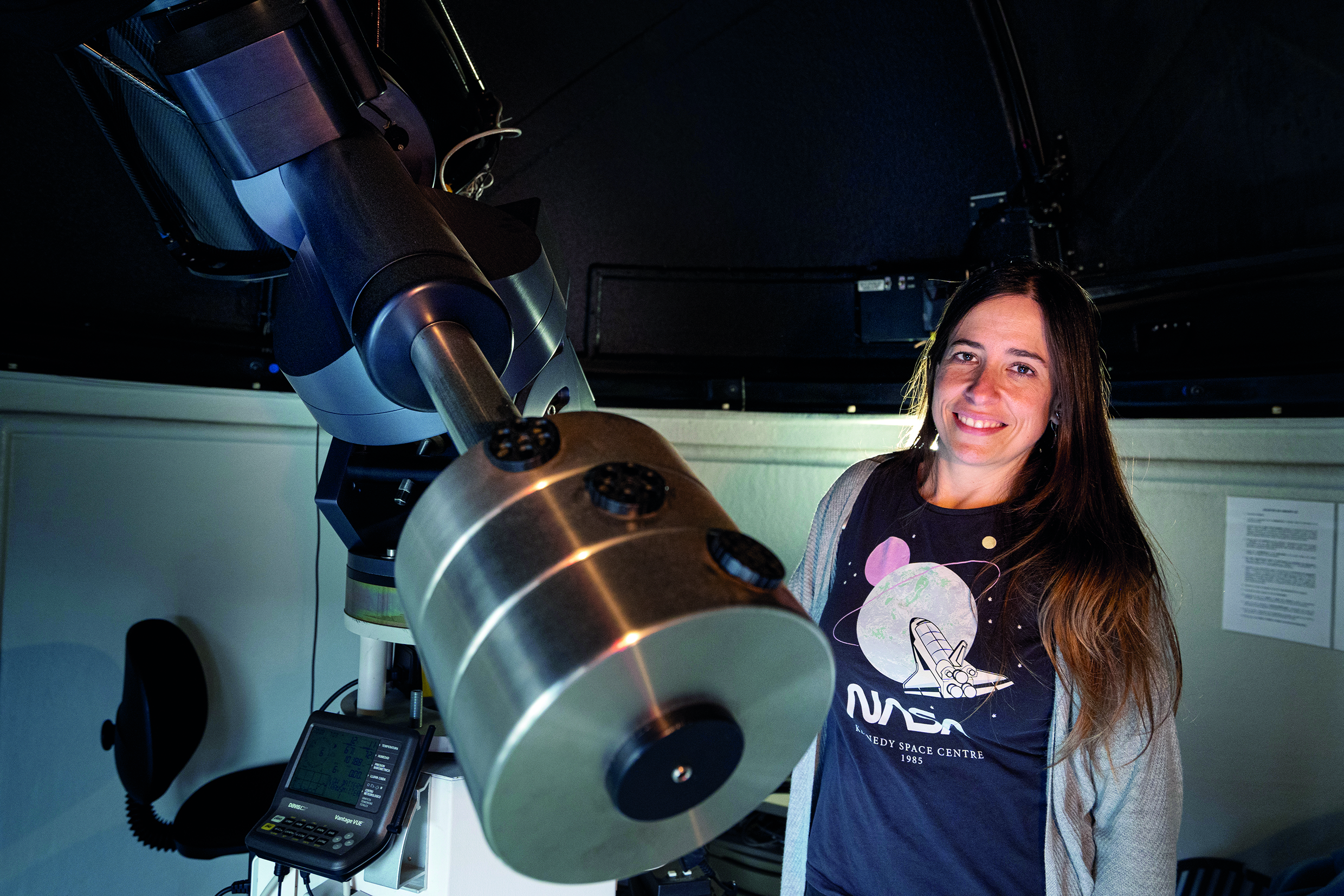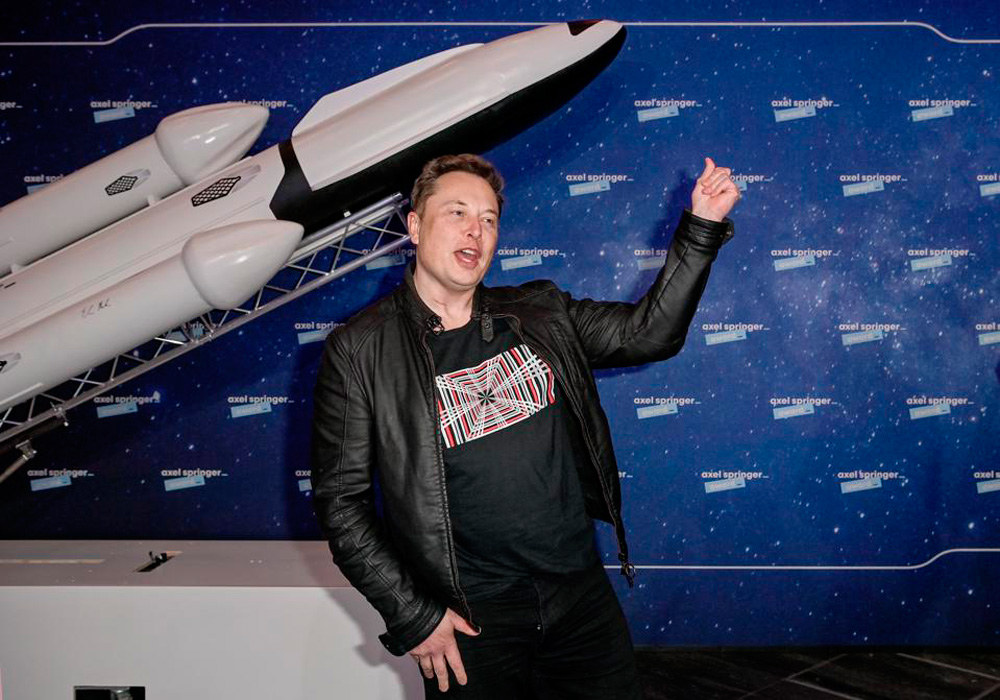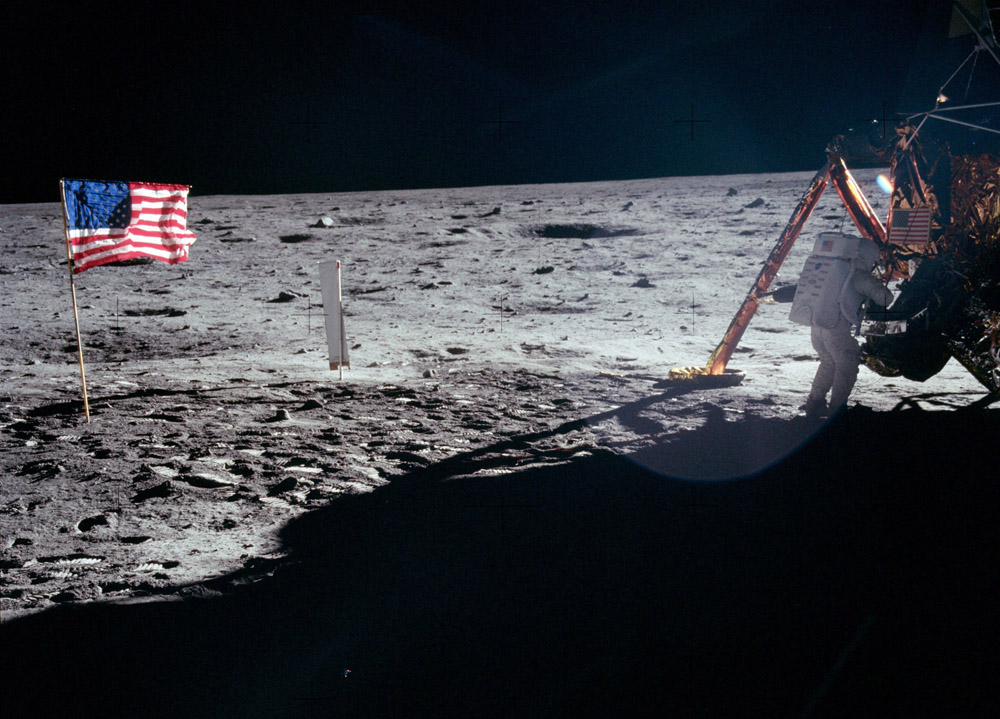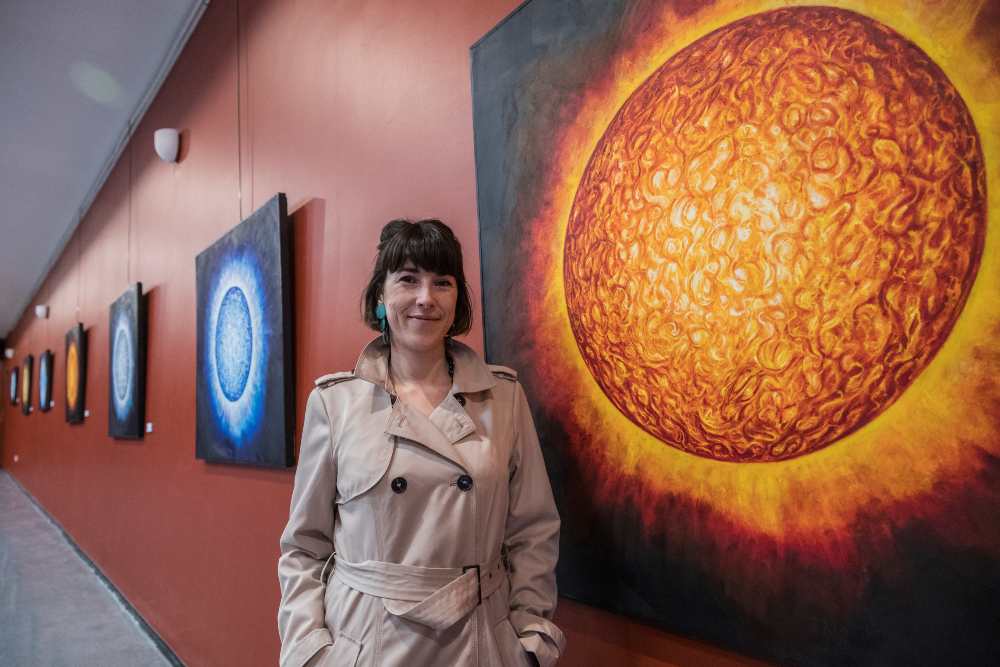Moon and energy
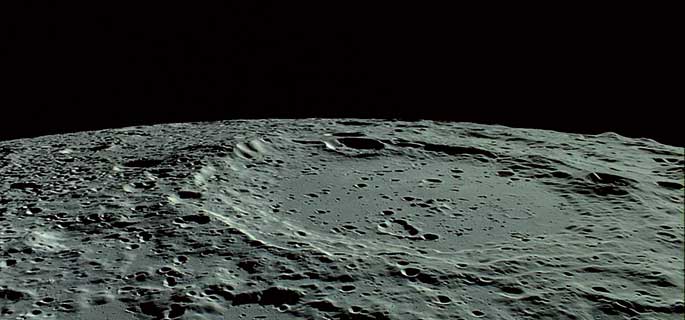
With the arrival of spring, the Moon became, for at least a few days, the protagonist of our lives. The solar eclipse does not occur every day, and if the Moon is very close to Earth, important weather phenomena occur. As the darkness of a few hours adds to the vitality of the tides, these facts affect our way of life.
This year a concern has been added to the show, perhaps for the first time in Earth’s history: that countries that have opted for solar energy have reduced their energy production by more than 5% during the eclipse. The truth is that if you had wagered on the energy of the sea, the loss of solar energy would be compensated.
Lunar helium, precious raw material
The moon, the protagonist of the eclipse, has the raw material that the richest countries on Earth dream of: helium. This element with two protons and two electrons is very scarce on our planet, only 0.000137%, but not the same on the moon. Helium is generated in the sun and stars and transported by the solar wind, but the Earth's atmosphere and the magnetic field do not allow it to land. This doesn't happen on the Moon, so it's estimated that at the moment there are over 100,000 tons of helium on its surface.
Helium is a clean fuel with great heat capacity, ideal for nuclear fusion dreamed of by scientists. Some estimates suggest that what is on the moon could meet the energy needs of human beings over the next 10,000 years.
We now understand better the interest of several countries in installing residences on the moon. It's true that bringing the precious gas here isn't going to be easy, but you have to start somewhere.
James Webb teleskopioaren lehen irudiak eta datuak aurkeztu dituzte: unibertsoari inoiz ateratako argazkirik sakonenak eta exoplaneta baten espektroskopia-datu zehatzenak. “Kosmosaren ikuspegi berri eta iraultzaile bat”, Bill Nelson NASAko administratzailearen... [+]













